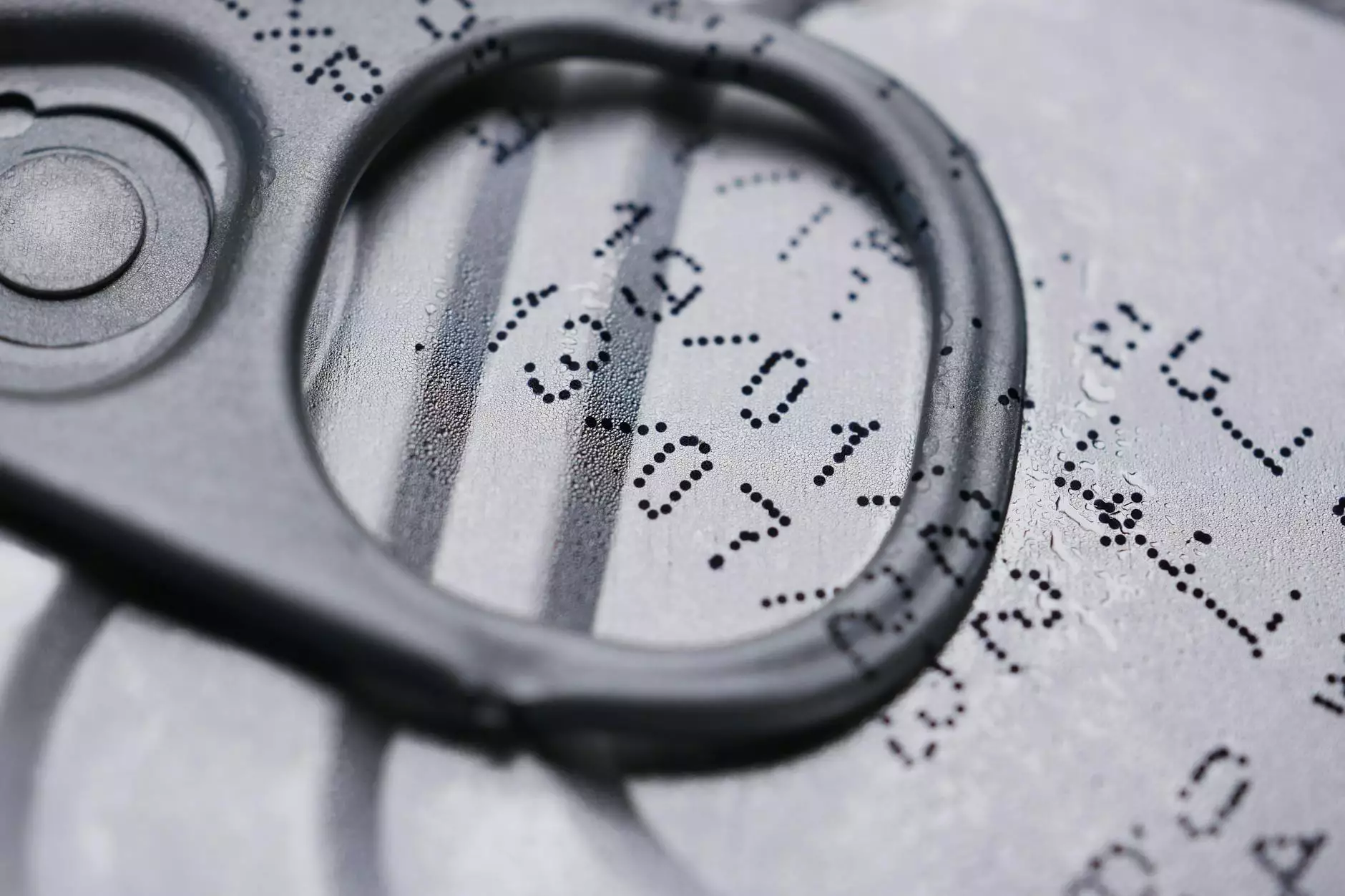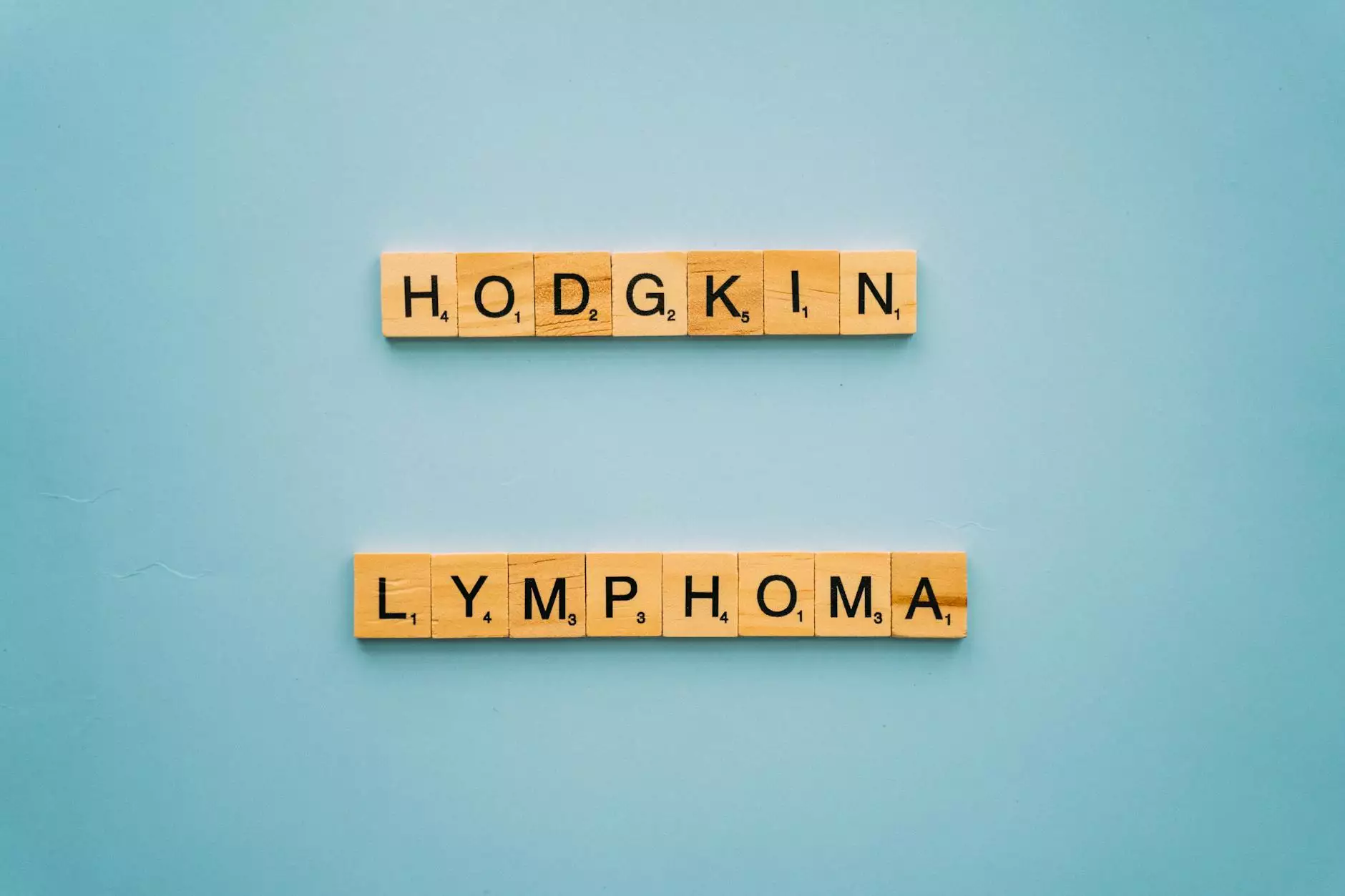Understanding CT Scans for Lung Cancer Detection

In the realm of health and medical advancements, the utilization of imaging technologies, particularly CT scans for lung cancer detection, has revolutionized patient care and diagnosis. Lung cancer represents a significant health challenge worldwide, and early detection through precise diagnostic methods is vital for improving survival rates. In this comprehensive article, we delve into the intricacies of CT scans, their role in the early detection of lung cancer, and their overall impact on patients’ lives.
What is a CT Scan?
A CT scan, or computed tomography scan, is a medical imaging technique that employs a series of X-ray images taken from various angles. These images are processed using computer technology to create cross-sectional images, or slices, of bones, blood vessels, and soft tissues inside the body. CT scans provide more detailed information than regular X-rays, making them an invaluable tool in the diagnosis of numerous medical conditions, including lung cancer.
Why is CT Scanning Significant for Lung Cancer?
Lung cancer is one of the most prevalent forms of cancer globally, with significant mortality rates. The significance of CT scans in lung cancer detection is underscored by several factors:
1. Early Detection
CT scans can detect lung cancer at its earliest stages when the disease is most treatable. Conventional imaging methods may miss small tumors; however, CT scans can identify lesions that are as small as a few millimeters.
2. Detailed Imaging
The high-resolution images produced by CT scans allow for detailed visualization of lung structures. This precision aids in distinguishing between benign and malignant lesions, leading to more accurate diagnoses.
3. Monitoring Treatment
Following a diagnosis, CT scans are often employed to monitor the effectiveness of treatment interventions. By assessing changes in tumor size and response to therapies, healthcare providers can make informed decisions regarding patient care.
4. Preoperative Planning
For patients undergoing surgical procedures, CT scans provide critical information that assists surgeons in planning their approach. Comprehensive imaging of the lungs facilitates a better understanding of the tumor’s location and its relationship to surrounding tissues.
The Process of a CT Scan
Knowing what to expect can alleviate anxiety for patients undergoing a CT scan. Here is a step-by-step outline of the CT scan process, specifically designed for lung cancer detection:
- Preparation: Patients may be instructed to avoid eating or drinking for several hours before the scan. Providing a thorough medical history, including any previous allergies or health conditions, is also essential.
- Positioning: The patient will be positioned on a motorized table. Cushioning and adjustments will be made to ensure comfort and accurate positioning.
- Contrast Agents: In some cases, a contrast agent may be administered via an IV. This agent enhances the detail of the images and highlights specific areas of concern.
- Scanning: As the table moves through the CT scanner, patients will be instructed to hold their breath briefly. The scan itself is quick, typically lasting only a few minutes.
- Post-Scan Instructions: After the scan, patients can go about their day as normal. If contrast was used, they may be advised to drink extra fluids to help flush it from their system.
Benefits of CT Scans in Lung Cancer Management
The benefits of utilizing CT scans for lung cancer detection and management are multifaceted:
- Accurate Diagnosis: CT scans improve the accuracy of lung cancer diagnoses, reducing the likelihood of misdiagnosis and ensuring timely treatment.
- Non-Invasive: Compared to traditional surgical biopsy methods, CT scans are non-invasive, minimizing patient discomfort and recovery time.
- Comprehensive Assessment: CT imaging offers a complete view of the lungs and surrounding structures, allowing for a thorough assessment of cancer spread (metastasis).
- Resource Allocation: Efficient imaging techniques aid in better resource allocation in healthcare systems, prioritizing patients who need immediate intervention.
Risks and Considerations in CT Scanning
While CT scans are a vital diagnostic tool, it is essential to be aware of potential risks associated with the procedure:
- Radiation Exposure: CT scans expose patients to a small amount of radiation. However, the diagnostic benefits often outweigh the associated risks.
- Contrast Reactions: Some individuals may experience allergic reactions to contrast agents if used. Healthcare teams always evaluate patients for allergies before administration.
- False Positives/Negatives: CT scans can sometimes yield false-positive results, leading to unnecessary anxiety and additional testing. Conversely, small tumors may be missed, emphasizing the need for comprehensive evaluation.
Integrating CT Scans into Overall Health Strategy
Integrating CT scans into a broader health strategy is crucial, particularly for individuals at high risk of lung cancer, such as smokers and those with a family history of lung disease. Comprehensive health management includes:
- Regular Screenings: Following guidelines for regular lung cancer screenings can lead to early diagnoses.
- Healthy Lifestyle Choices: Making conscious decisions regarding diet, exercise, and smoking cessation can significantly reduce lung cancer risk.
- Consultation with Healthcare Providers: Open discussions with healthcare providers about the necessity and timing of CT scans for lung cancer should be prioritized.
Conclusion
In conclusion, the role of CT scans for lung cancer detection is undeniably significant in the ongoing battle against this prevalent disease. The advantages associated with their use, including early detection, accurate diagnosis, and enhanced treatment monitoring, position CT scans as a cornerstone of modern healthcare practices. As the medical community continues to advance, understanding and utilizing these technologies effectively can lead to better patient outcomes, save lives, and contribute significantly to public health initiatives.
For more information on how CT scans play a crucial role in lung cancer management and other medical inquiries, consult your healthcare provider or visit hellophysio.sg to learn more about our services in the fields of Health & Medical, Sports Medicine, and Physical Therapy.
ct scan for lung cancer








